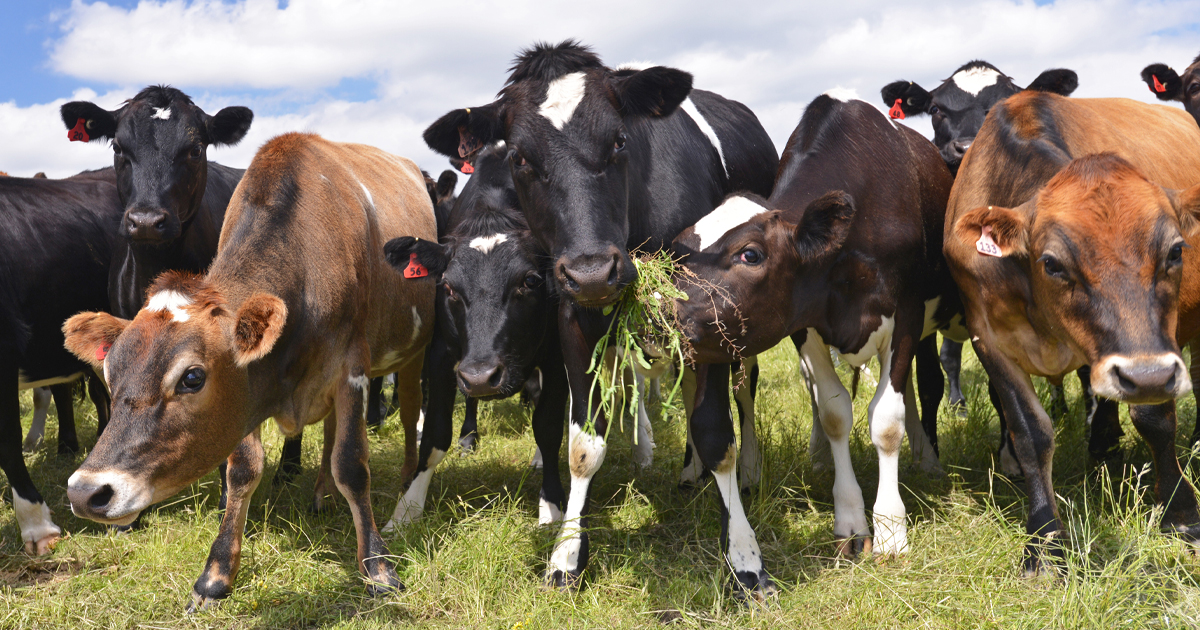Dairy farm consent compliance up
Wednesday 29 May 2024

Otago dairy farmers are being congratulated for upping their compliance around effluent storage and discharges, compared with a year ago.
Wednesday 29 May 2024

Otago dairy farmers are being congratulated for upping their compliance around effluent storage and discharges, compared with a year ago.
ORC’s Manager Compliance Tami Sargeant says it’s good to recognise the compliance outcome by farmers farms alongside the work of ORC’s dairy team.
“It’s really great to see high compliance across the more than 400 farms we’ve inspected in the financial year-to-date, and to see improved compliance another few points up on last year,” Ms Sargeant says.
The dairy farm compliance inspections are primarily around effluent management - storage and discharge – with ORC also monitoring compliance with rules for landfills, silage, offal pits and permitted water takes.
For the 10-month year-to-date, to the end of April, dairy inspections were up 28.7%, from 317 a year ago to 408.
Full compliance with rules rose from 61% of the total a year ago to 66%, while those in the grade of “significant non-compliance” fell, from 3% to 2% for the year, she says.
“The dairy project monitors compliance with animal effluent systems and discharges, as well as farm waste streams, such as their offal pits and farm landfills, plus their permitted water takes.”
“There was also a focus on providing awareness and engaging with farmers on the requirements for animal effluent storage and discharge consents, and understanding when consents might be required,” Ms Sargeant says. Farmers compliance guide: https://www.orc.govt.nz/consents-and-compliance/the-farmer-s-guide
Consent compliance numbers - 2022-23 Vs 2023-24
| 2022-23 (317 inspections) | 2023-24 (406 inspections) | |
| Consent not yet exercised | 24 | 1 |
| Full compliance | 178 | 267 |
| Low risk non-compliance | 87 | 114 |
| Moderate risk non-compliance | 19 | 18 |
| Significant risk non-compliance | 9 | 8 |
Ms Sargeant says the reasons for non-compliance were largely all related to unconsented effluent storage, effluent pond overflows, effluent ponding, offal pit and farm landfill mixing, setbacks and silage leachate discharges.
“In many of these cases it was a simply a matter of education and reiterating best management practices around some operations, activities or changes to infrastructure,” she says.

Compliance by percentages
| 2022-23 (317 inspections) |
2023-24 (406 inspections) |
|
| Full compliance | 61% |
66% |
| Low risk non-compliance | 30% | 28% |
| Moderate risk non-compliance | 6% | 4% |
| Significant risk non-compliance | 3% | 2% |